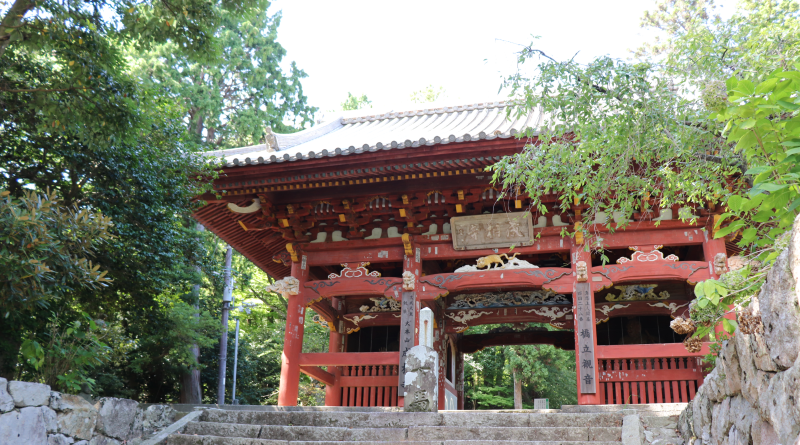
Nariai-ji Temple and the Beautiful Kannon
If you decide to set out on the Saigoku Kannon Pilgrimage, you will quickly realize that all the temples are quite far apart. While some of them are located inside city areas, some are deep in the remote countryside—far from other major destinations or attractions. Luckily, if you want to visit one of these remote temples and also enjoy one of the most famous destinations in the Kansai region, head to Nariai-ji Temple.
Nariai-ji Temple is the 28th of Saigoku Pilgrimage, and is located in the far north end of Kyoto, near the scenic Amanohashidate Sandbar.
Getting to Nariaiji
From Amano Hashidate Station, cross Amano Hashidate and take a lift/cable car from near Kono Shrine to Kasamatsu Park. From Kasamatsu Park, take a bus for Nariai-ji. You can also walk up the hill for 20 minutes.
It is quite a steep hill, but at least the scenery is very pretty.
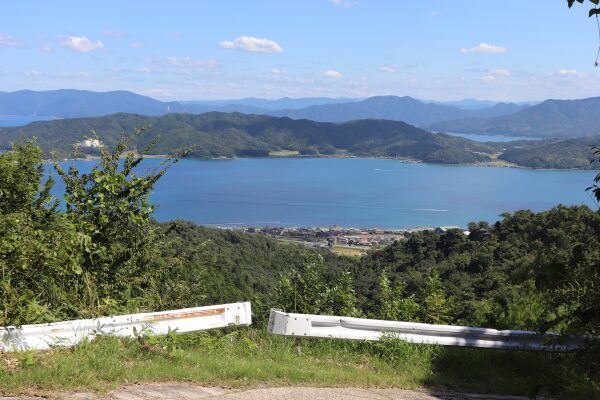
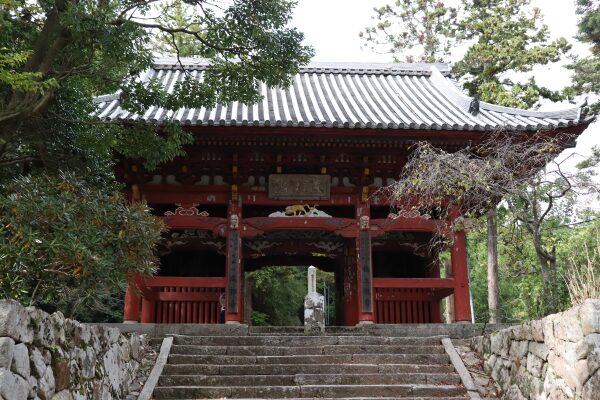
Temple Grounds of Nariaiji
Nariai-ji’s beginnings are not very clear, but temple records state that their origins date back to the early 8th century. Additionally, local folklore about Nariaiji can be found in Konjyaku Monogatari, a document written in the 12th century.
According to the tale in the Konjyaku Monogatari, the monk called Shin-ou, went deep into the forest to practice his devotion in solitude. However, there wasn’t much food in the forest and Shinou gradually began to starve. One day, he prayed to his statue of Kannon for food. Shortly thereafter, he found a dead boar. Though he was a monk and therefore it was forbidden to eat meat, Shinou ate one of the boar’s thighs, concluding that life is too precious to waste.
After he finished his meal, he looked over at this kannon statue. The statue’s right thigh was missing and he was covered in sawdust! Shinou realized that the statue had turned itself into a boar in order to save his life.
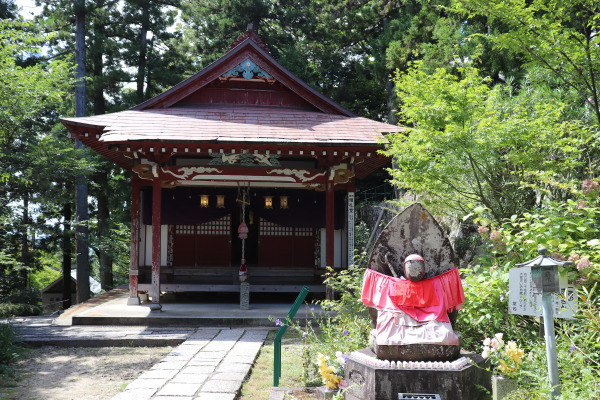
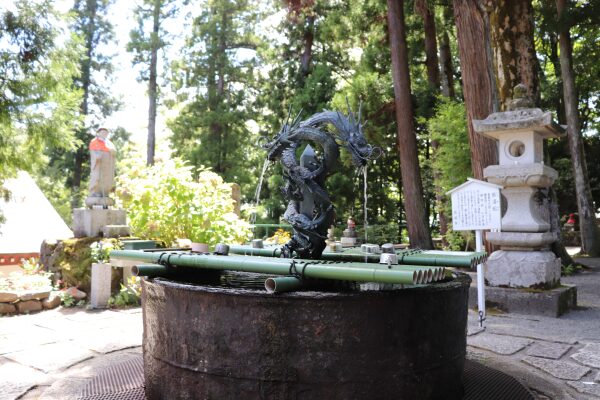
The hondo enshrines a statue of Sei-kannon Bosatsu[聖観音菩薩]. This statue is quite popular, and even appears in the Otogizoshi written during the Muromachi Period.
In the story, a princess turns herself into the kannon statue in Nariai-ji. This story is also what gave rise to the statue’s nickname, Bijin Kannon (lit, beautiful kannon). Unfortunately, the statue is only on display to the public once every 33 years. The next time the statue will be on display is 2038!!
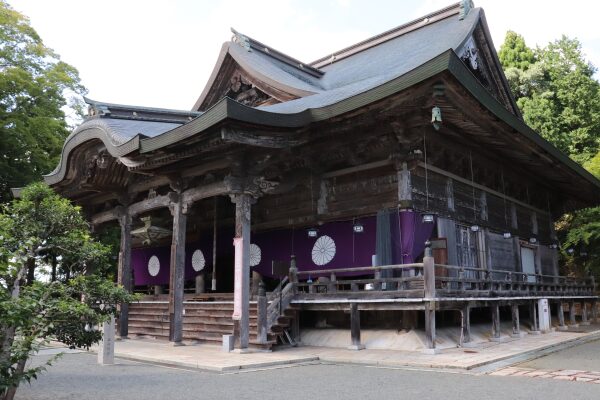
Nariaiji has a great observation deck. The entrance is near the pagoda and it takes just a few minutes to get to the deck. Do be careful which observation deck you pick, as Nariai-ji has two different observation decks and one takes more than an hour to reach.
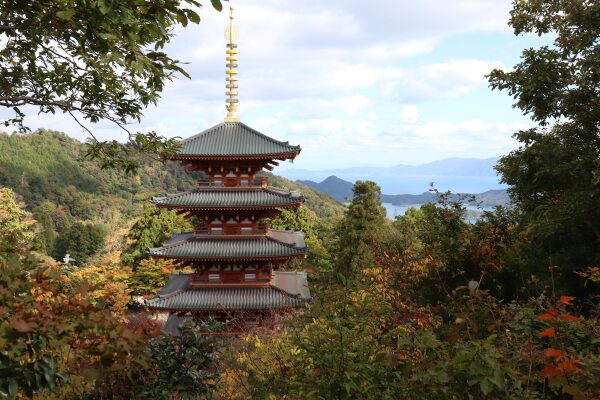
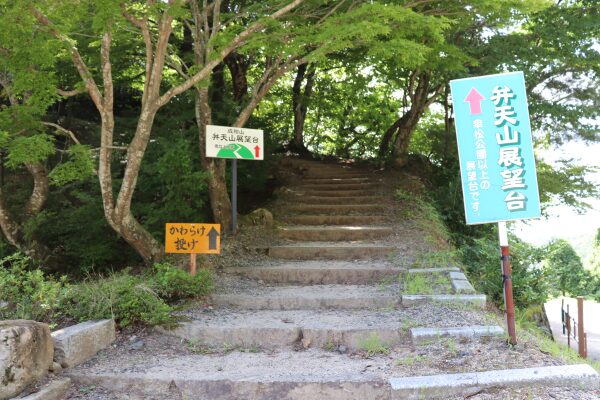
The view of Amanohashidate from here is said to be better than Kasamatsu Park. Indeed, there were significantly fewer people here and the altitude is higher than Kasamatsu Park, meaning you can get a fuller view.
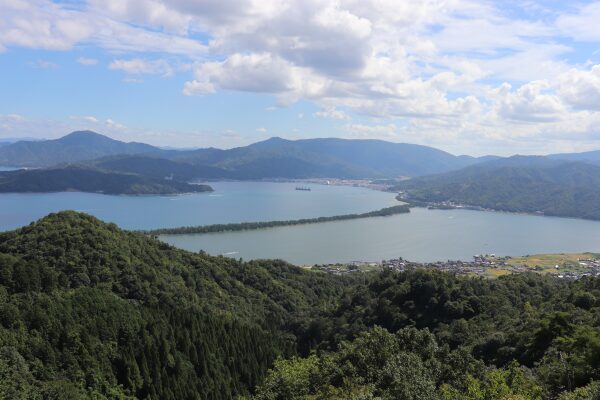
Information: Nariai-ji Temple
| Address |
339 Nariaiji, Miyazu, Kyoto Prefecture
|
| Website |
|
| Getting To |
From Amano Hashidate Station, cross Amano Hashidate and take a lift/cable car from near Kono Shrine to Kasamatsu Park. From Kasamatsu Park, take a bus for Nariai-ji. The bus service is available twice an hour.
|
| Hours |
8:00-16:30
|
| Admission |
500 yen
|
| Note |
A combination ticket for Nariai-ji is available for 2,000 yen . It includes:
|
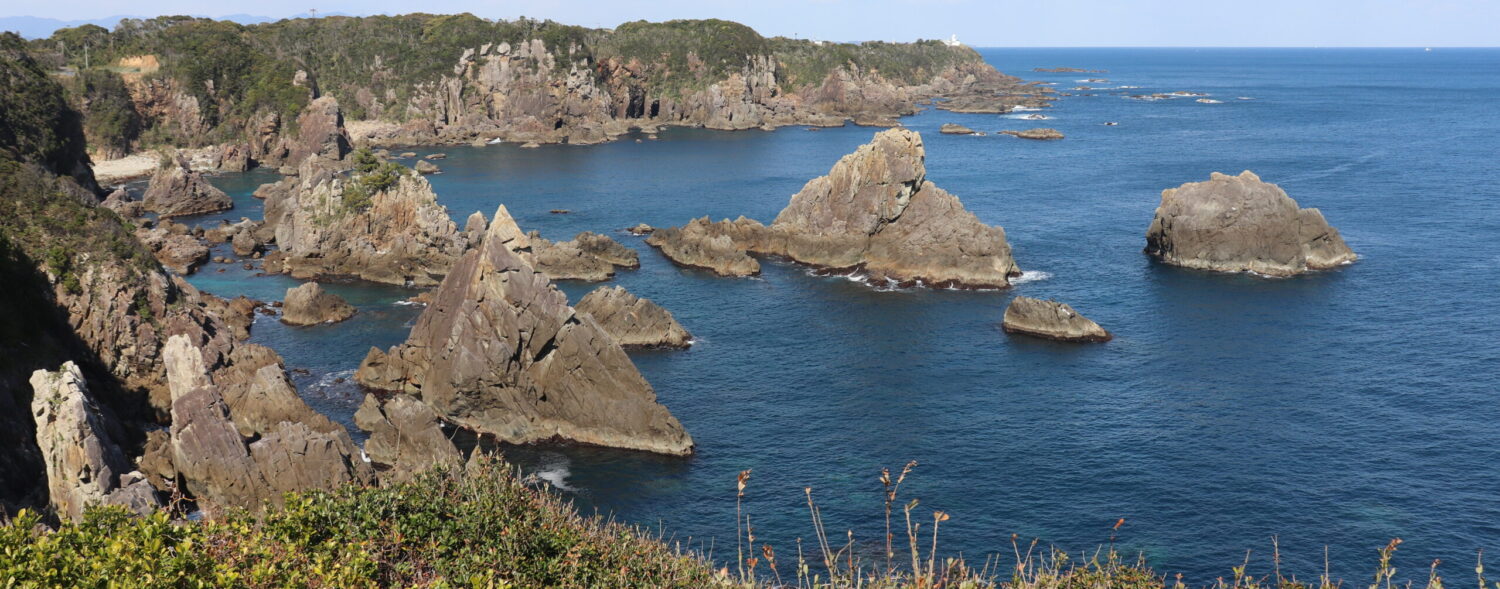
Leave a Reply